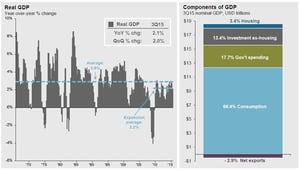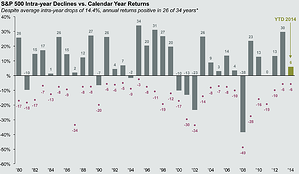It is an interesting time in the United States’ sociopolitical sphere, to say the least. But lucky for you, this article isn’t about politics, a social movement, or anything in the news for that matter. It is about what to do if you start to get worried about how the equities and/or bond markets may react to ongoing developments and potential controversies.
In the current environment, it is the uncertainty that has many investors on edge. For some, every day may feel like it has the potential for some breaking story that sinks markets. To help address any concern investors may have, we present a 4-step action plan for what to do when you’re worried about your investment portfolio.
[+] Read MoreStock Market Corrections Hiring a Financial Advisor Market Volatility












